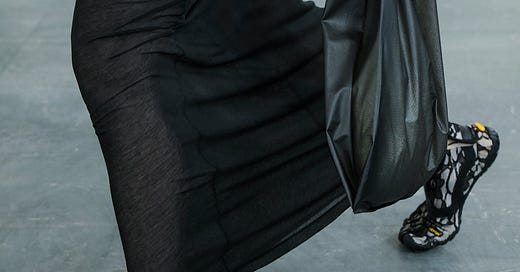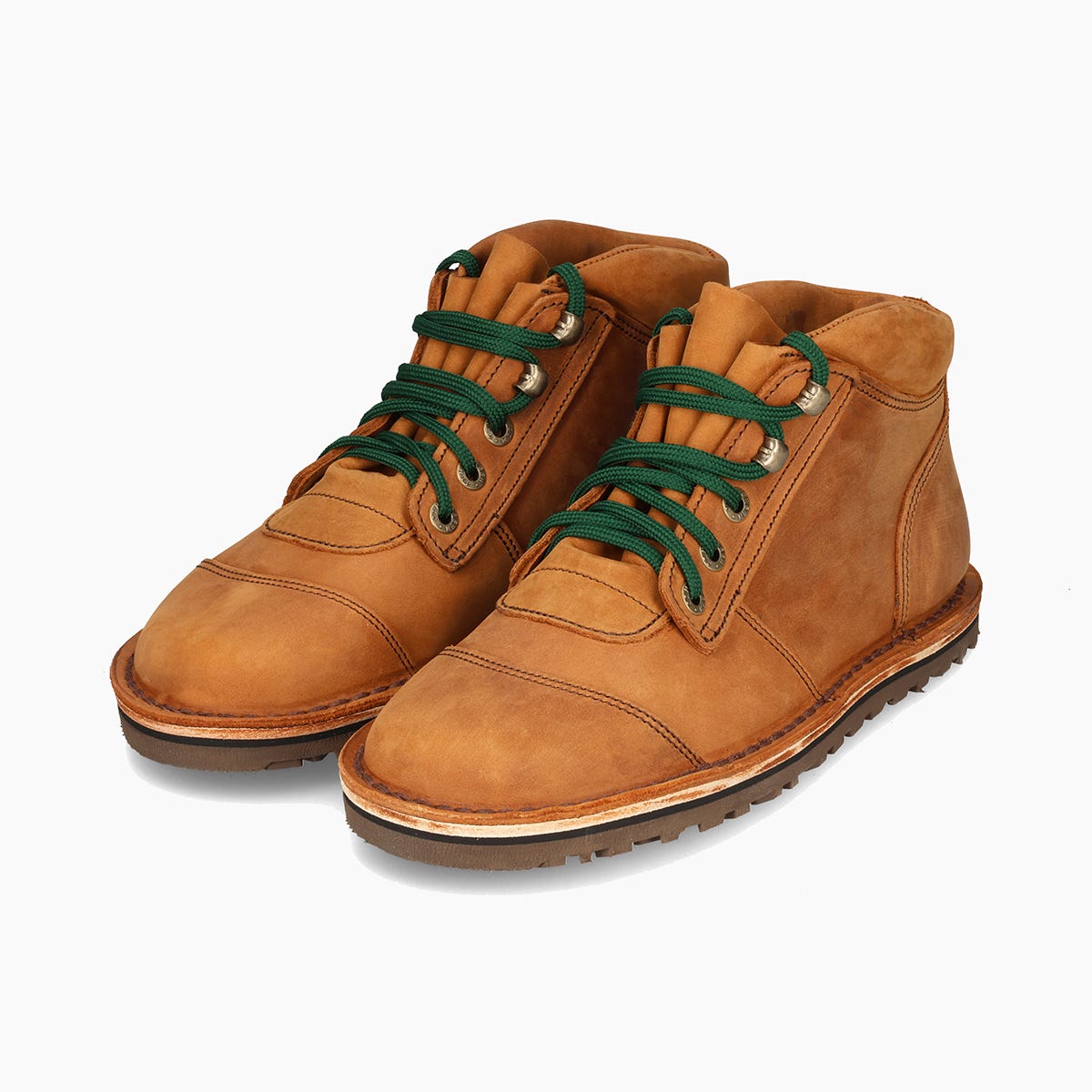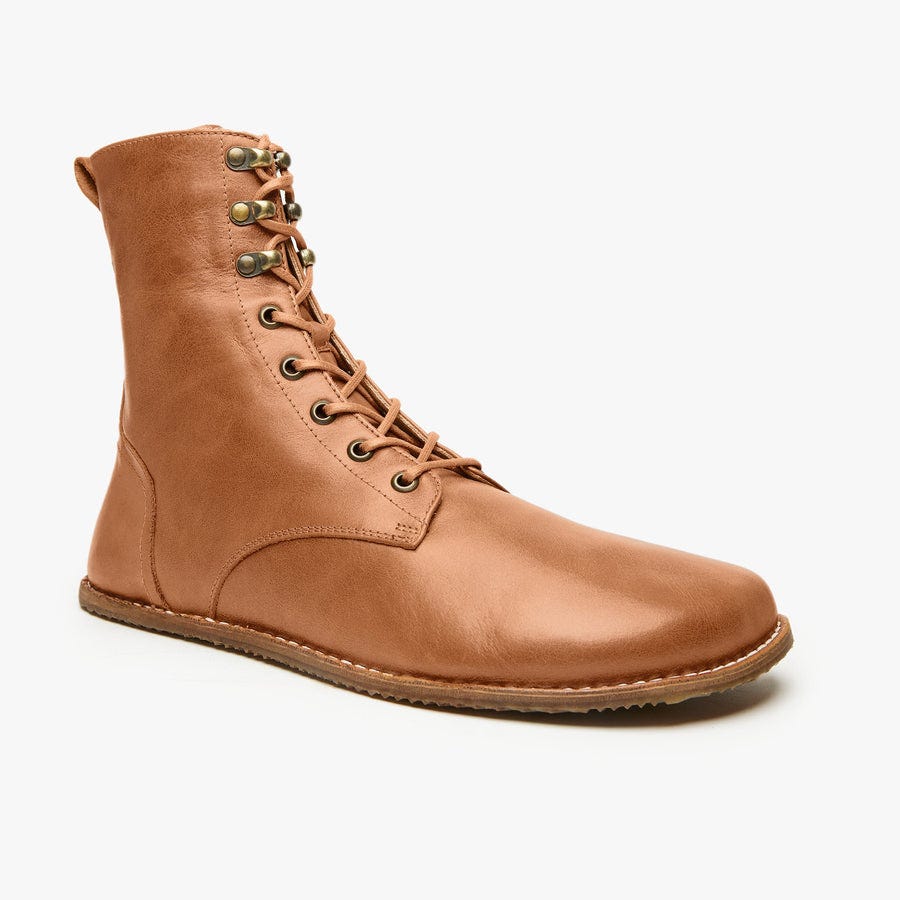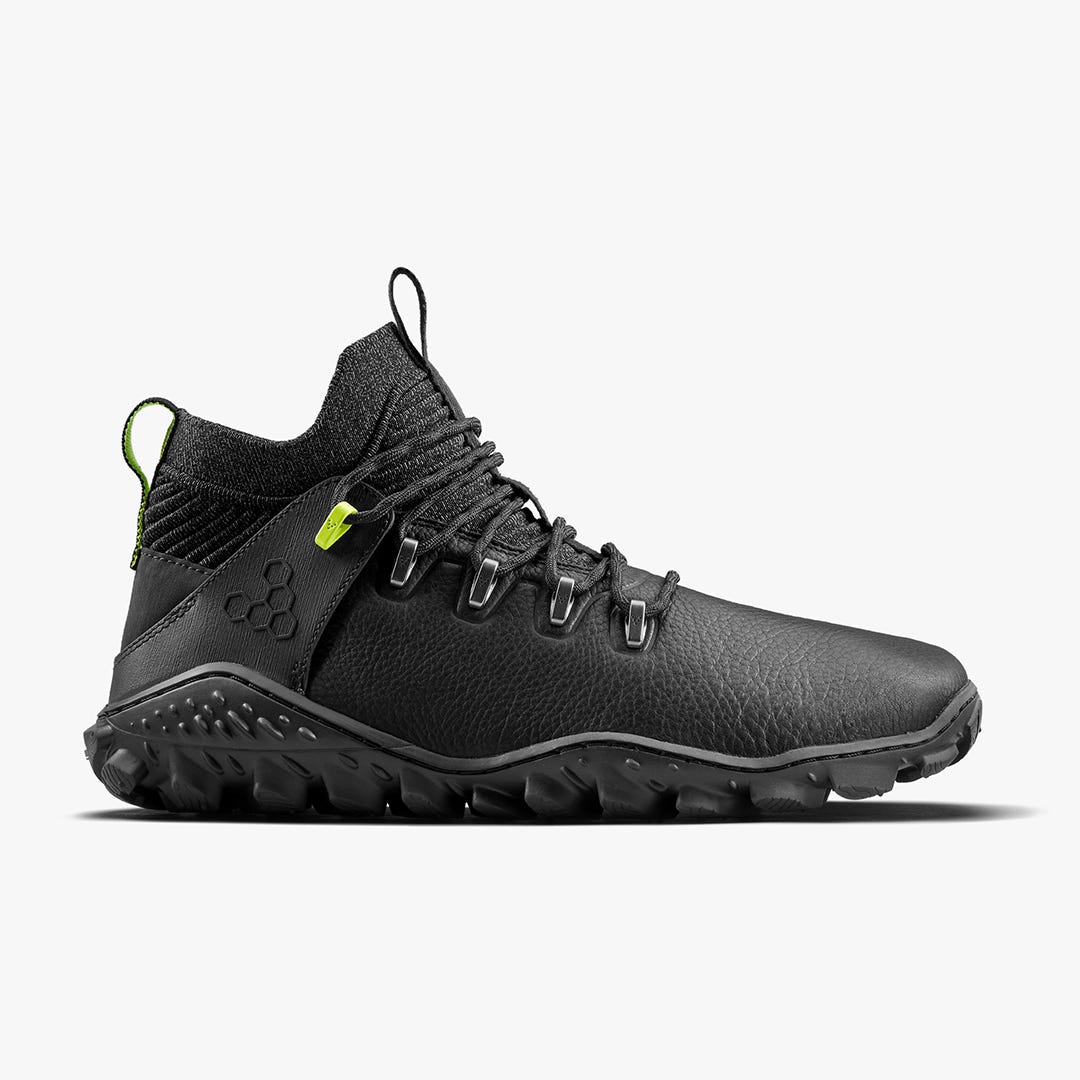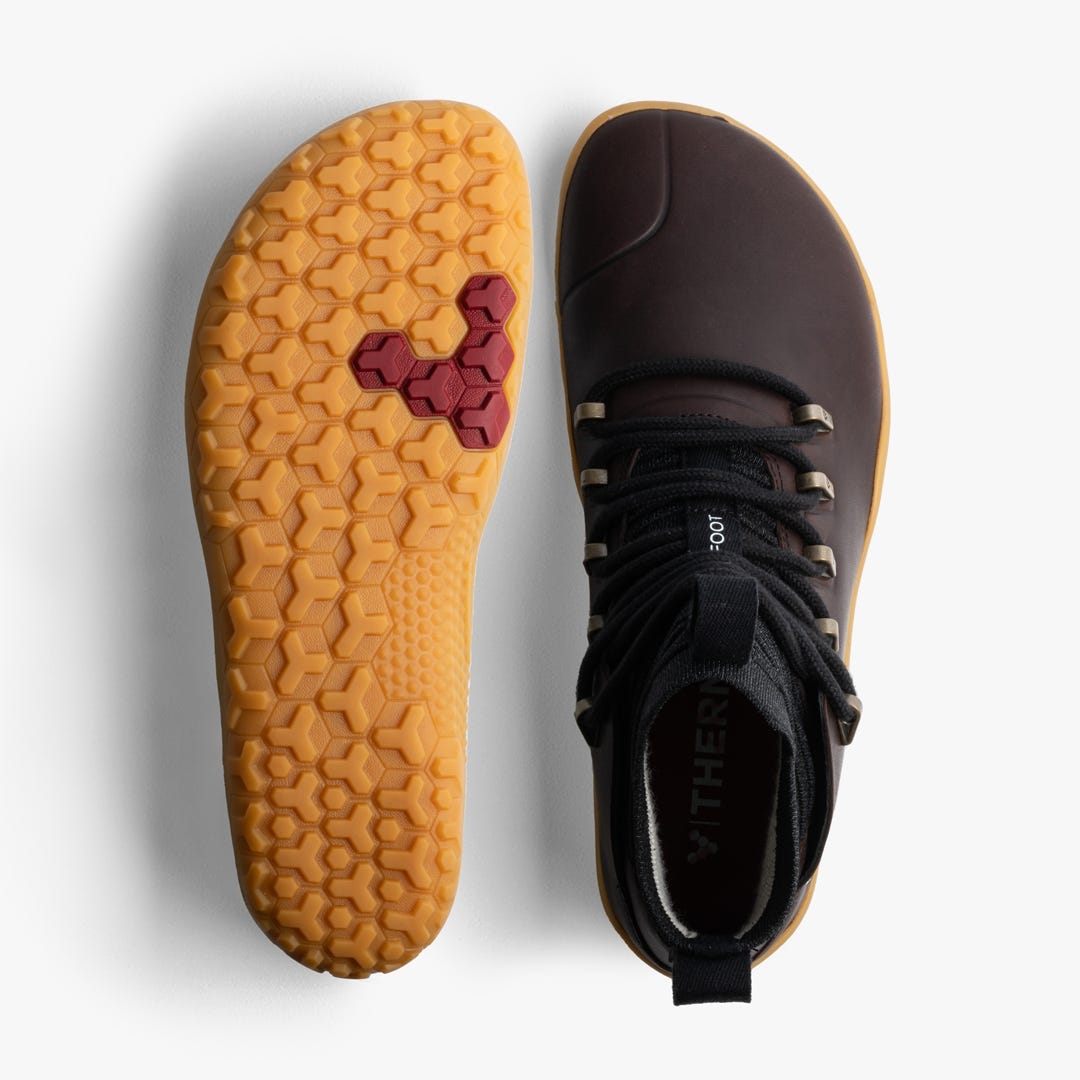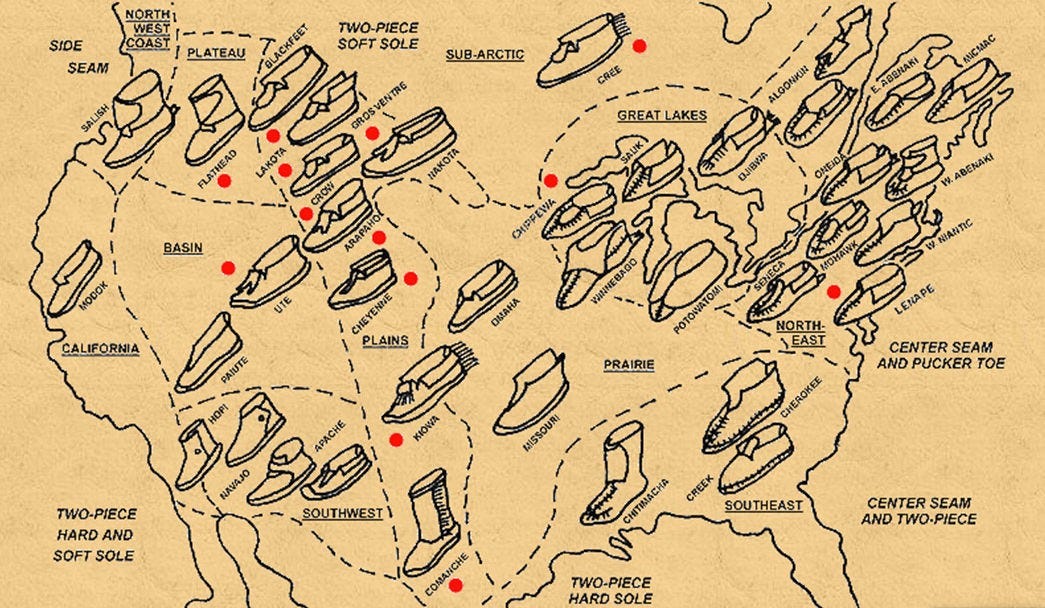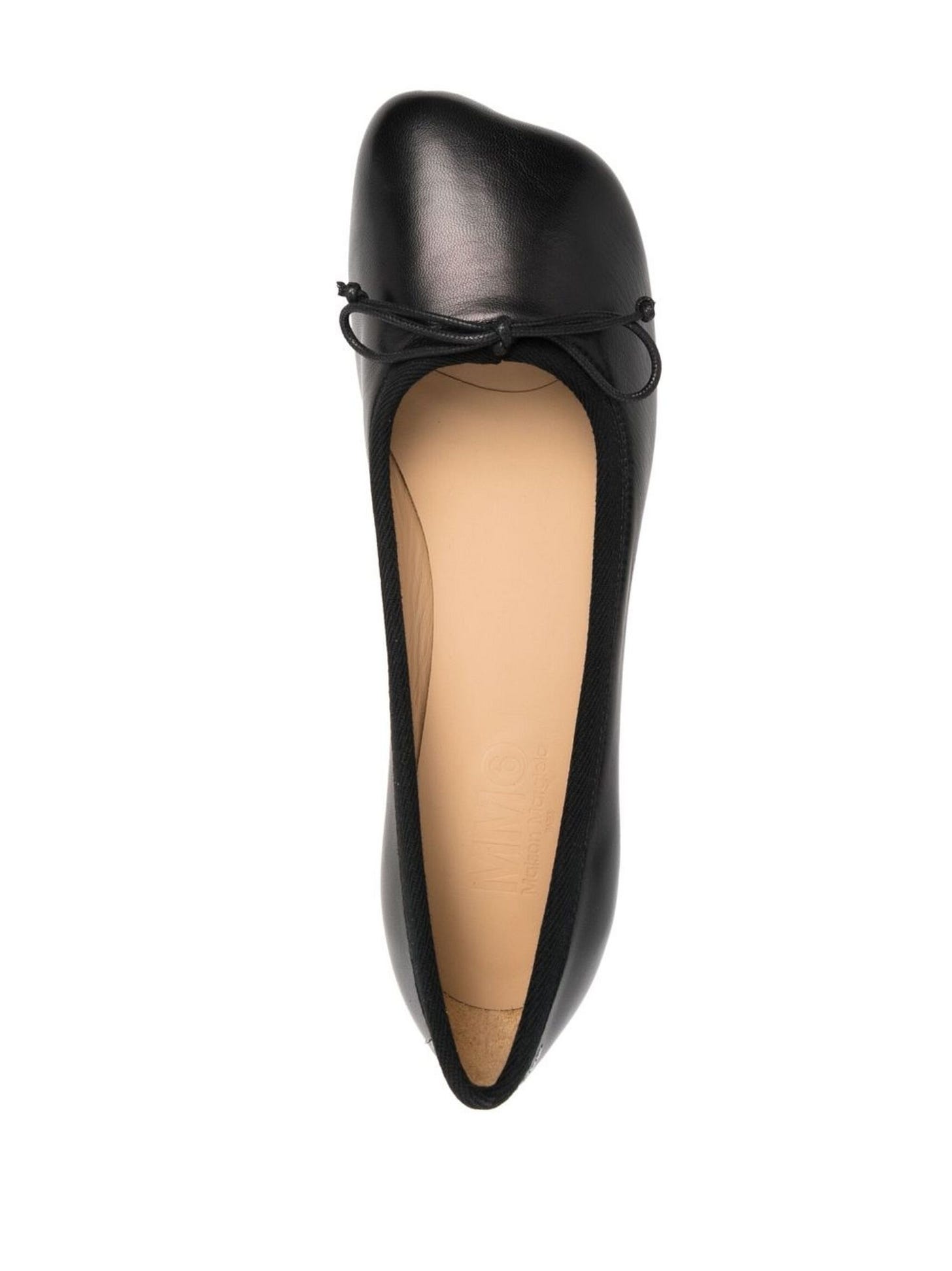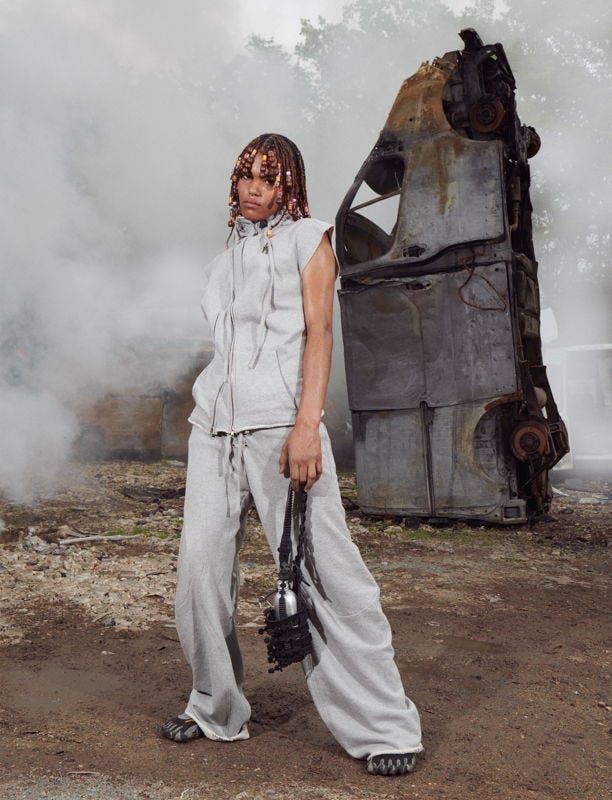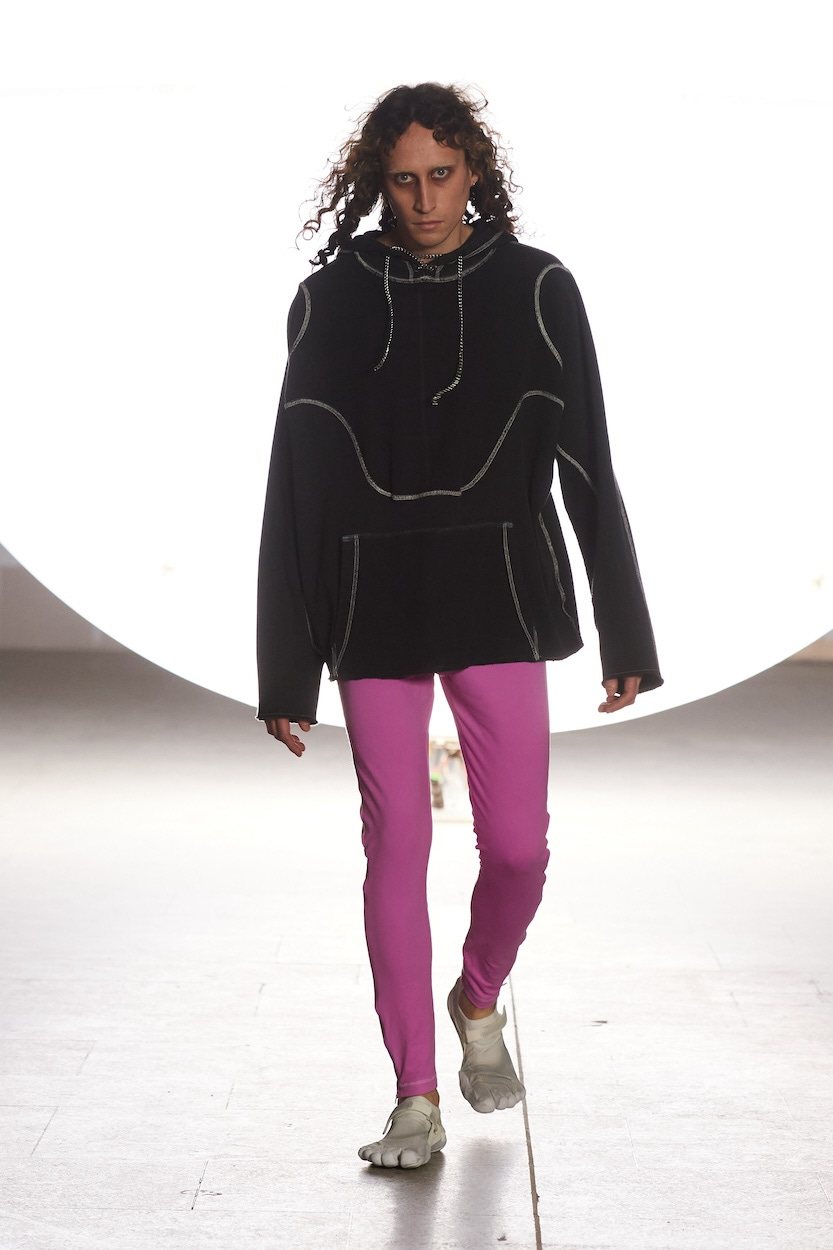the abjection of barefoot shoe design
why I think so many barefoot shoes are insanely ugly & what I think could be better
I don’t like most barefoot shoes. I feel ugly in them, and they offend me. When I wear other types of shoes, I feel much more secure. My friend once said that you should judge someone’s style by their shoes, because clothes are easy to find and easy to replace, but picking shoes requires more taste and diligence. However, my big toes get nerve damage when I wear normal shoes. I used to have such a pigeon-toed gait because of heavy and narrow shoes that it looked like a genuine motor function disability to other people. I couldn’t feel where I was putting my feet.
There aren’t any good guides out there for anatomical footwear which isn’t profoundly ugly. I have expensive and specific tastes. Anya’s Reviews is the most famous barefoot shoe blogger, but I don’t like her taste. Nearly every barefoot shoe company makes very safe shoes which cater to a mainstream audience, or which don’t adhere to any kind of taste profile at all and look insane, like Softstar.
They’re also often poorly made. Vivos, for example, have glued soles which detach and crumble. You can only get them resoled by the company, which won’t sell you the soles to take to your own cobbler. They charge about $250 for most of their boots. Lems, another popular option, pucker up and can’t be resoled. Bedrock Sandals’s Mountain Clog, which has breached containment out of barefoot shoe circles (it has a 16mm stack height) has visible glue lines at the toe seam.
I have a pair of Wildling wool boots, and some Vivo hiking boots. The Wildlings look the best. They’re burgundy. When I first started wearing them, they made my feet reek, because they have a plastic, noisy membrane that traps your feet in an enclosure of untreated wool. There’s a thread on Reddit about the stink. After time, I think they mellowed out, maybe because of the bacteria colony going on in there, regulating itself.
I like a minimal stack height. It makes walking in the woods feel incredible. I think most shoes are a modern form of foot-binding designed to limit the animal capacities of the human body. They cut us off from our primary sense organ for the ground, gravity and gait.
There are only a few barefoot shoes which I think are remotely nice-looking. The fact of the flat, thin sole basically precludes actual beauty, because it has no stylistic reference point. The problem with most barefoot shoe brands is that they take standard shoe styles and stick them on top of a flat sole. This doesn’t work, because it looks wrong. There’s no stylistic lineage there. Shoe styles were developed in hand with specific sole styles. A clog doesn’t look right on a flat, flexible plastic base. It needs to be on a thick wooden base. A leather boot doesn’t look right on a flat base with no dimension. The proportions aren’t right.
The style of the shoe needs to be developed in relation to the flat, thin base in order for the shoe to look good. I think some brands do accomplish this, like Wildling. Many of Wildling’s outsoles are bifurcated, visually referencing the hallux and anatomy of the foot. This creates stylistic coherence together with the anatomical toe box and flat sole.
Another brand which accomplishes this is Camper’s Peu line. The curved ridge of the outsole introduces visual interest to the sole in the absence of a heel, in addition to the turned-up toe. The proportions look right.
Vivo also makes use of a curved outsole and midsole. I like the Magna Forest ESC. The prominent curvature of the midsole along with the almost jagged stitching on the outsole makes the flat sole look more interesting. It also references the anatomical curvature of the foot. The heavy lugs and wavy laces also add visual interest. In other Vivo models, like the Magna Leather FG (which I have), there’s a distinct crease over the hallux, which I don’t like, but I understand its purpose to break up the monotonous broadness of the wide, curved toe box.
From where do these particular visual codes develop? What makes them effective? Many of these previous images make visual reference to the moccasin. Albert Muzquiz of Heddels writes that the word moccasin is a “gross generalization” of any Native sewn footwear. The word originates from the Algonquian language Powhatan, but “almost every tribe had their own take on the moccasin,” as seen in this graphic.
“The signature detail of the original Northeastern moccasin was the gathered toe” (and soft sole). This is the moc-toe seen in contemporary shoes like the penny loafer and the moc boot. Other, harsher environments required hard-soled moccasins, which were distinguished by their turned-up toe, like the one seen in Camper’s Peu line.
I won’t get into too much detail, you can go read the article. What’s significant here is that the beauty of contemporary flat-soled shoes relies on their material history. The visual codes of the shoe must reflect their origin point in order to appear classic and tasteful. When flat-soled shoes are created on visual codes with no reference point, they look gauche, bizarre, and ugly. Moreover, when flat-soled shoes have their primary reference point in visual codes derived from shoes designed to be worn with thick soles with heels, they look disproportionate and uncanny, unless changes are made to the upper part of the shoe to reference the visual codes of the moccasin, or other historical flat-soled, anatomical footwear, like the tabi shoe (as referenced by Wildling’s split outsole).
This is not a total rule without exceptions. For example, Margiela’s anatomic shoe design is beautiful and arresting because it makes explicit reference to the shape of the foot, while incorporating that repressed shape with the refined style of the black leather flat. I say repressed because most footwear attempts to obscure and hide the actual form of the human foot.
Likewise, Vibram Fivefingers shoes are beautiful because they directly contour the toes. Some Fivefingers are more beautiful than others, to the extent that they accomplish this same juxtaposition as the Margiela shoe above.
The Fivefingers shoe reveals the foot as it is. It is edgy because of its singularity. Vibram knows this, and has extended marketing efforts to collaborate with independent designers like Lueder and brands stocked on Ssense, like Suicoke.
Fashionable women are also wearing Fivefingers. Scroll through Vibram’s tagged posts on Instagram. Example reel from @norayogurt.
I’m not personally interested in getting VFFs. Writing and thinking about fashion in this way bores me, because it feels banal and overwrought by marketing interests. The current scope of mainstream articles about VFFs, and other barefoot shoes, seems under-researched and surface-level, only interested in how VFFs “add interest to an outfit” rather than how they connect to the broader scope of the cultural repudiation of the natural form of the human foot and the stylistic pathways possible for anatomical, flat shoes.
“Barefoot shoes” is a marketing term, which does refer to some actual, important characteristics of the shoe. It also traps consumers into not thinking for themselves. It’s more important to be able to recognize and parse the shape of a shoe to figure out if it’s anatomically designed. An anatomical shape is the most important characteristic in a shoe, because it is the primary driver of whether or not your feet will become disfigured, and if you can have direct proprioception of your toes.

